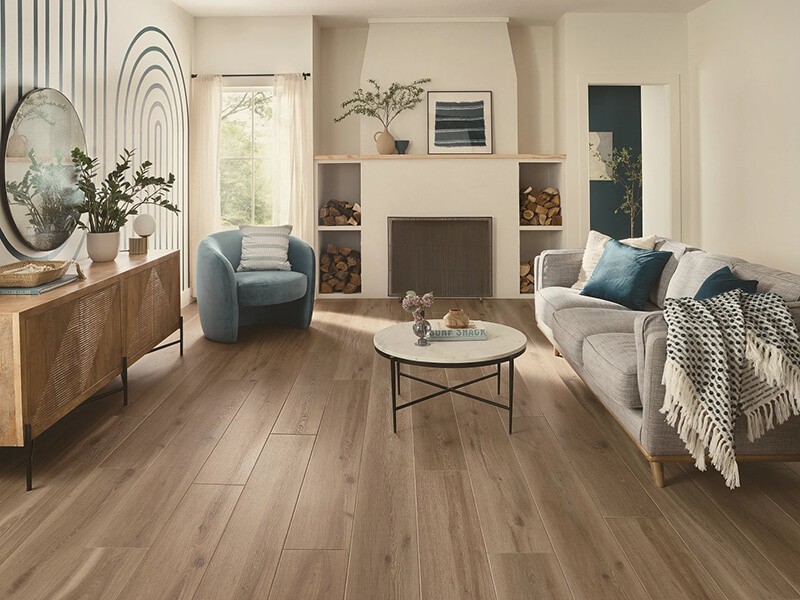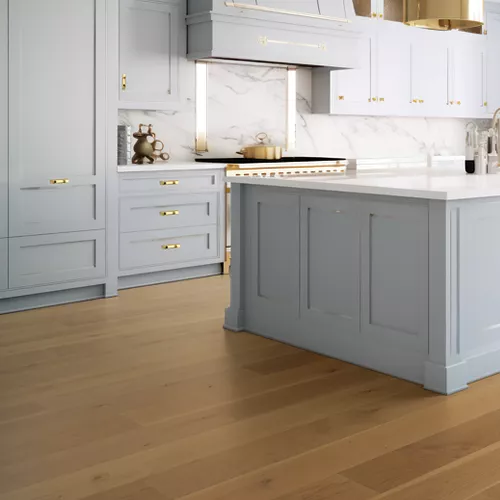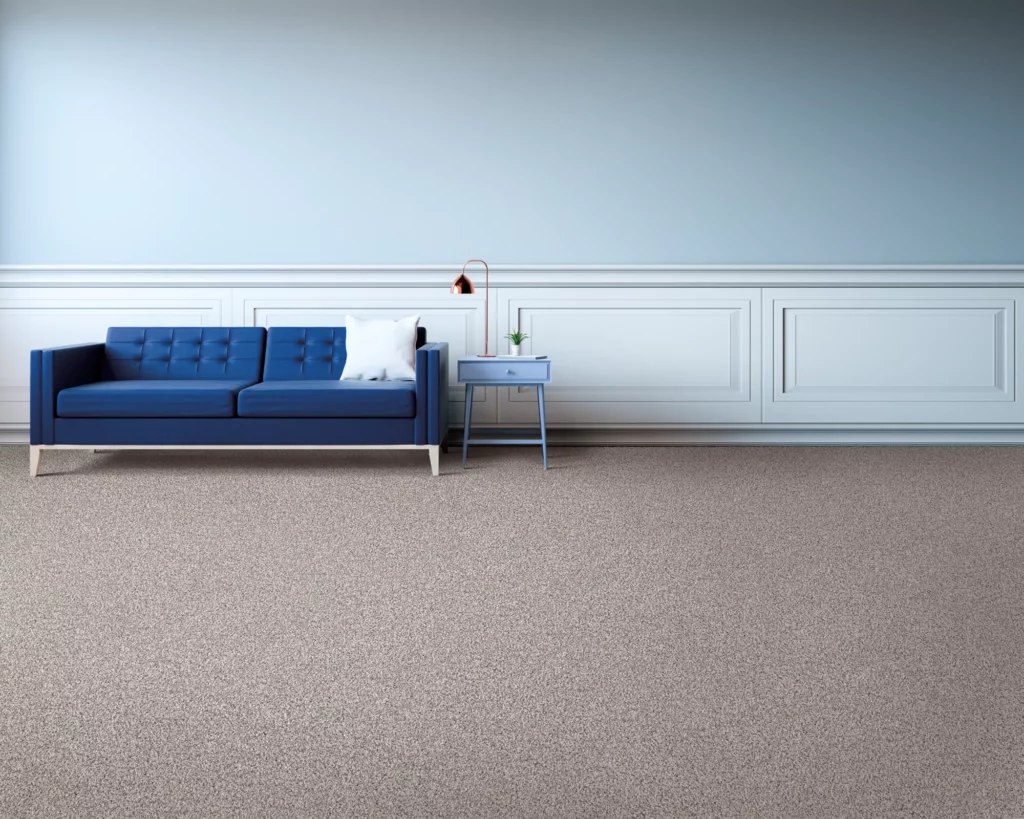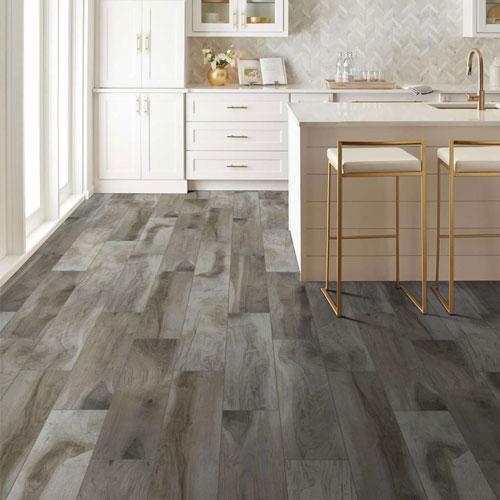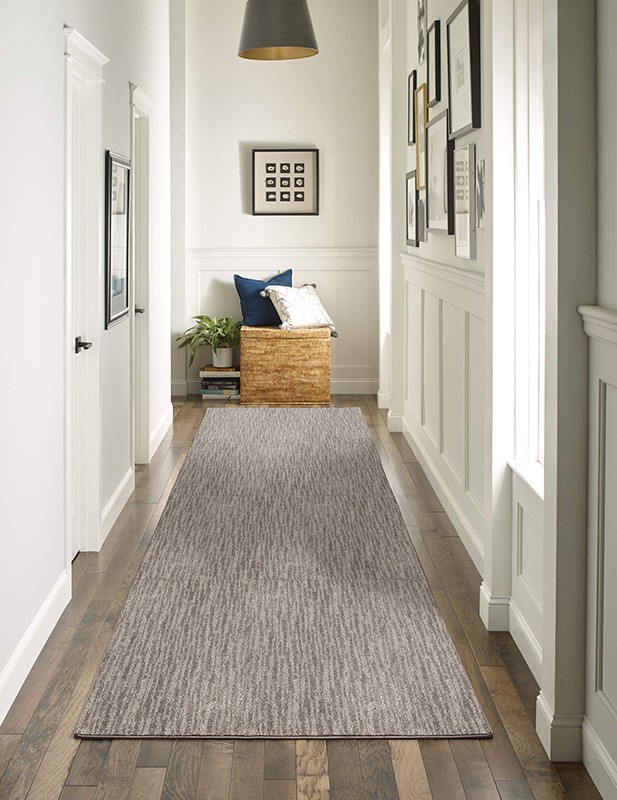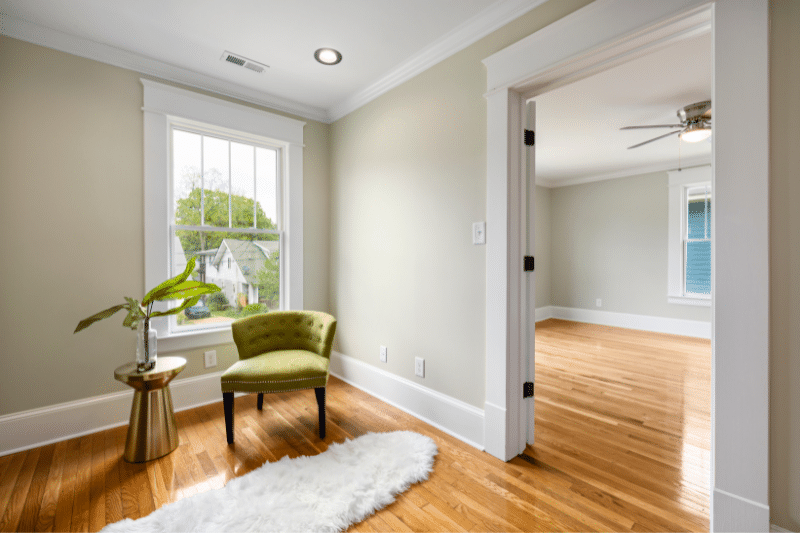Blog
How to Choose the Right Installation Method for Luxury Vinyl Flooring
Luxury vinyl flooring has become a top choice for homeowners who want style, durability, and low maintenance in one. But once you’ve found the perfect product, there’s an equally important decision to make: how should it be installed? There are two primary installation methods for luxury vinyl: click-lock and glue-down.…
Read MoreSelecting the Perfect Flooring for Your Remodel
New flooring is one of the most impactful ways to refresh your home during a remodel. The right choice adds beauty, functionality, and long-term value to your space, helping you create a home that feels truly your own. Selecting the best flooring for your renovation project means balancing personal style…
Read MoreCarpet and Wall Color Combinations: Tips for a Harmonious Space
Coordinating home decor is not unlike styling a great outfit. Both decor and personal style can be classified by type: formal, classic, casual, or bohemian, for instance. Style is reflected in choosing the major pieces and then adding accessories. In decor, two of the major “pieces” are wall color and…
Read MoreEngineered Hardwood Flooring for Kitchens: Classic Look, Modern Benefits
It’s been said that the kitchen is the heart of the home. Think of all the moments from cooking and eating to scrolling social media and having late night heart-to-heart talks that take place there. Many people work from their kitchens, taking calls and answering emails. It’s where homework help…
Read MoreLuxury Vinyl Flooring for Bathrooms: Waterproof and Modern
Due to its waterproof properties, tile flooring has been an industry standard for moisture-prone bathrooms for the better part of the last hundred years. When properly installed and grouted, tile is impenetrable to water, easy to keep clean and durable. However, tiles do sometimes crack, can present a slip hazard,…
Read MoreFloor Plan: The Best Flooring for Every Room
Happy 2025! Just a few weeks ago we were finalizing our gift lists and planning festivities, and here we are in a brand new year! The holiday season passes by like a whirlwind and frequently we need a breather when the dust settles. Welcome to January! Feel free to take…
Read MoreCreating a Festive Look with Area Rugs and Runners
Ready or not, the holidays are right around the corner! Hopefully you have made your list, checked it twice and at least started any gift shopping you may need to accomplish. Regardless of what holidays you celebrate, there are plenty of ways to prepare your home, so that it feels…
Read MoreThe Best Types of Flooring to Add to a Desert Home
Living in a desert environment like the Coachella Valley comes with its unique set of challenges, especially when it comes to choosing the right flooring for your home. The intense heat, dry air, and dust can be harsh on certain types of floors. Therefore, it’s essential to choose a material that can withstand these conditions…
Read MoreWhich Flooring is Best for Palm Springs Hot Climate?
If you live in Palm Springs or southern California, then you know how important it is to have flooring that can withstand the hot, dry climate. But with so many different types of flooring on the market, it can be hard to decide which one is right for your home. In this blog post, we’ll…
Read More
